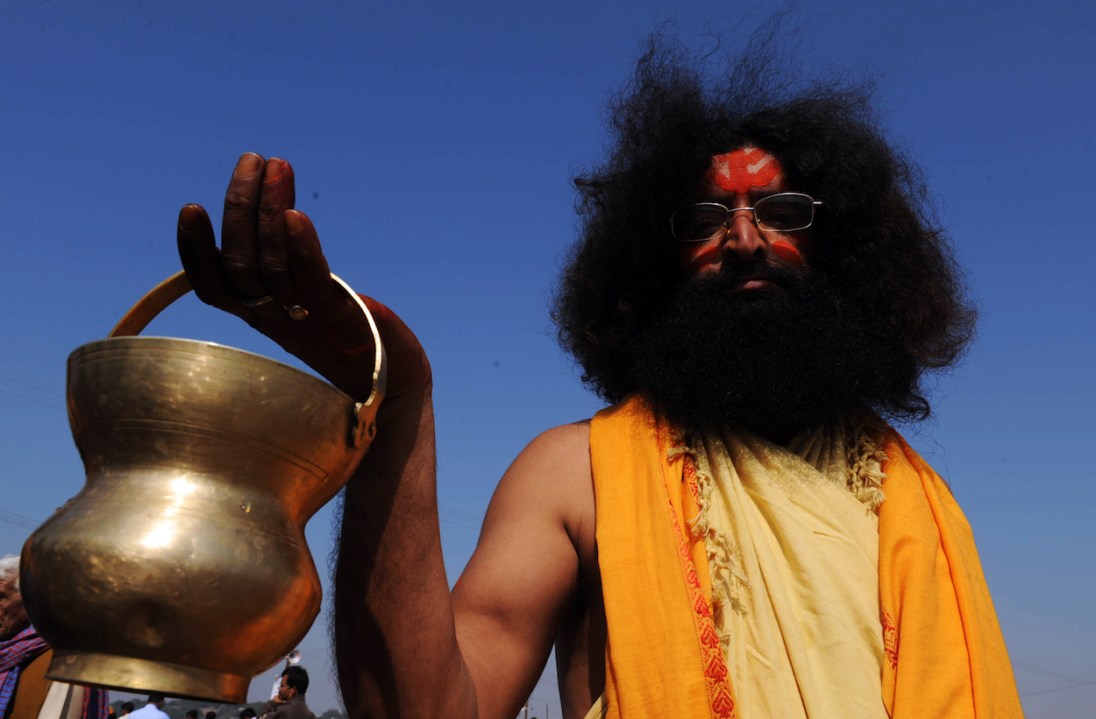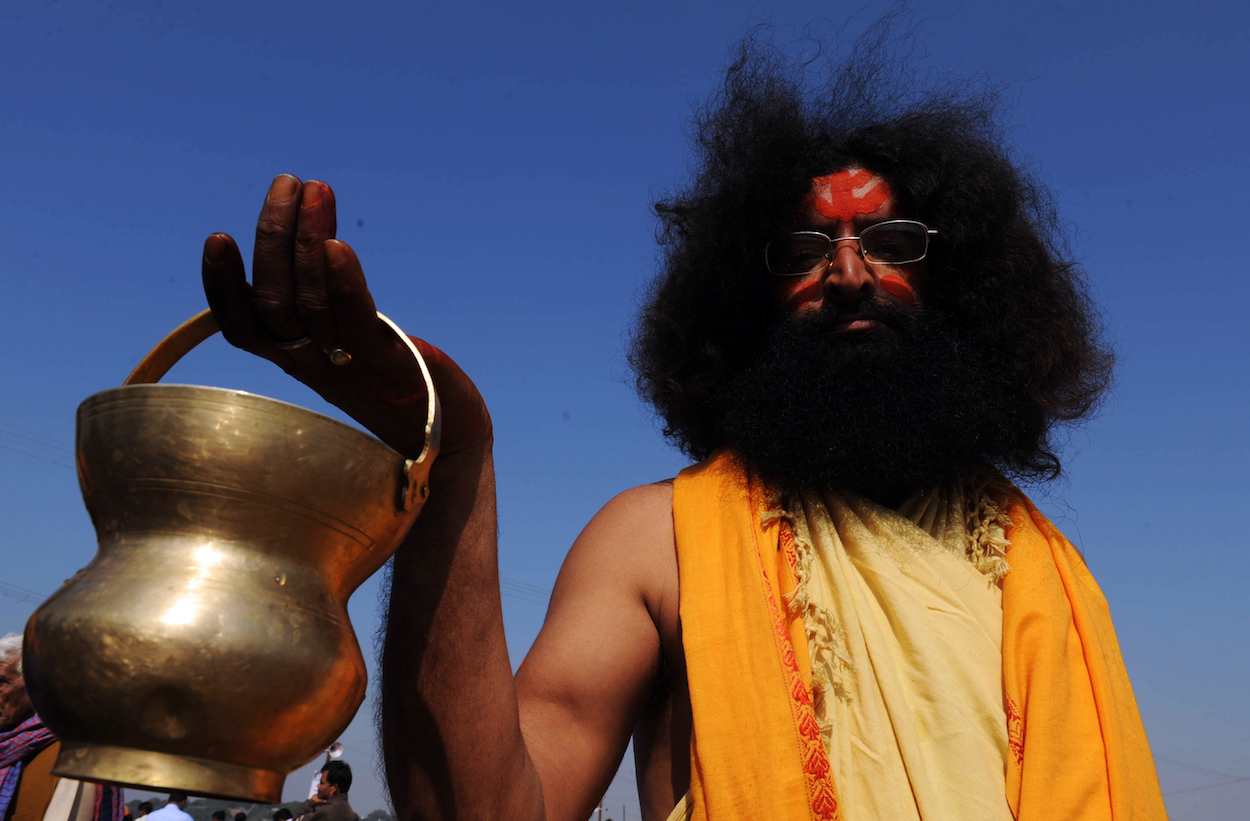Hinduism is diverse. Every region, caste and devotee worships differently which means that when there’s a big event no one knows what to do. Practices vary between communities. Sindhis do things differently to, say, Sikkimese. And they vary across different regions too. Sindhis in the Indian city of Pune, where my grandparents were from, do things differently from Sindhis in London, where my mum lives.
After a lengthy discussion, which involved a séance-like conference call with overseas relatives, we persuaded ourselves to ditch him
Everyone knows the main rituals of a Hindu funeral: you feed cows each day before breakfast, you are expected to be, at least temporarily, a teetotal vegetarian, and the deceased is always cremated. But that’s where the agreement ends. The period of mourning can last anywhere between three to 12 days, garlic and onion may or may not eaten, some insist the cows must have a special diet and others that women must not attend the cremation.
But only a priest knows exactly what to do. When my grandfather died, Nani (my maternal grandmother) hired a priest to lead the funeral and guide the family through several days of mourning. Priests in India are reticent to share exactly what their interpretation of the correct liturgy should be, lest families simply nab the format and shop around for other priests. They can also be rather unscrupulous when it comes to fees. As the priest led the rites, he calculated just how much he could squeeze out of the family.
One of the rituals involved my Nani giving objects to the priest for my grandfather to take into the afterlife. As Nani offered up some sandals, the priest stopped her. ‘We don’t take sandals anymore but we’ll take 30,000 rupees instead’ – the equivalent of around £300, a hefty sum in India. But you can’t argue with the man holding your husband’s soul in his hands.
And yet this year, when Nani realised she was dying, she asked for the same priest. As we planned her funeral, we learned that the priest was a crook; some friends told us he was known for emotionally blackmailing mourners and that he had been seen driving around in a Mercedes. Keen to avoid a repeat of last time, we asked the priest for the full price for everything.
We still couldn’t pin him on a price the night before the funeral. He kept evading our questions about the mourning period, too, so we couldn’t even plan the next (up to 12) days. Someone had to rid us of this troublesome priest. That someone was Nani’s neighbour, a retired colonel.
The colonel, his wife and another, well-connected neighbour formed a makeshift junta with me, mum and my aunt. We faced two questions as we plotted South Asia’s latest coup: did we have the legitimacy to depose the crooked priest and could we find a new priest 15 hours before the funeral?
Legitimacy was the harder question: would Nani approve? After all, she asked for him. After a lengthy discussion, which involved a séance-like conference call with overseas relatives, we persuaded ourselves to ditch him. In our defence, Nani hated that the priest ripped her off 10 years ago. Also, that priest was just the first that happened to pop into her head as she slipped away. She had no affection for this swindling swami.
As for logistics, finding a new priest at 9 p.m. the night before was easier said than done. Somehow, the pillar of the community neighbour sourced a Sindhi priest, who gave a transparent price and prepped us for the next 12 days. Miraculously, we even sourced all the materials for the funeral, including sandals.
The funeral passed off almost without a hitch. (The priest was late, but on such short notice you couldn’t blame him.) While mourning Nani’s death, I took solace in Gandhi’s favourite hymn, Abide with Me. I’d always thought the question ‘where is death’s sting?’ was rhetorical. I was wrong. Death’s sting is planning a Hindu funeral.







Comments